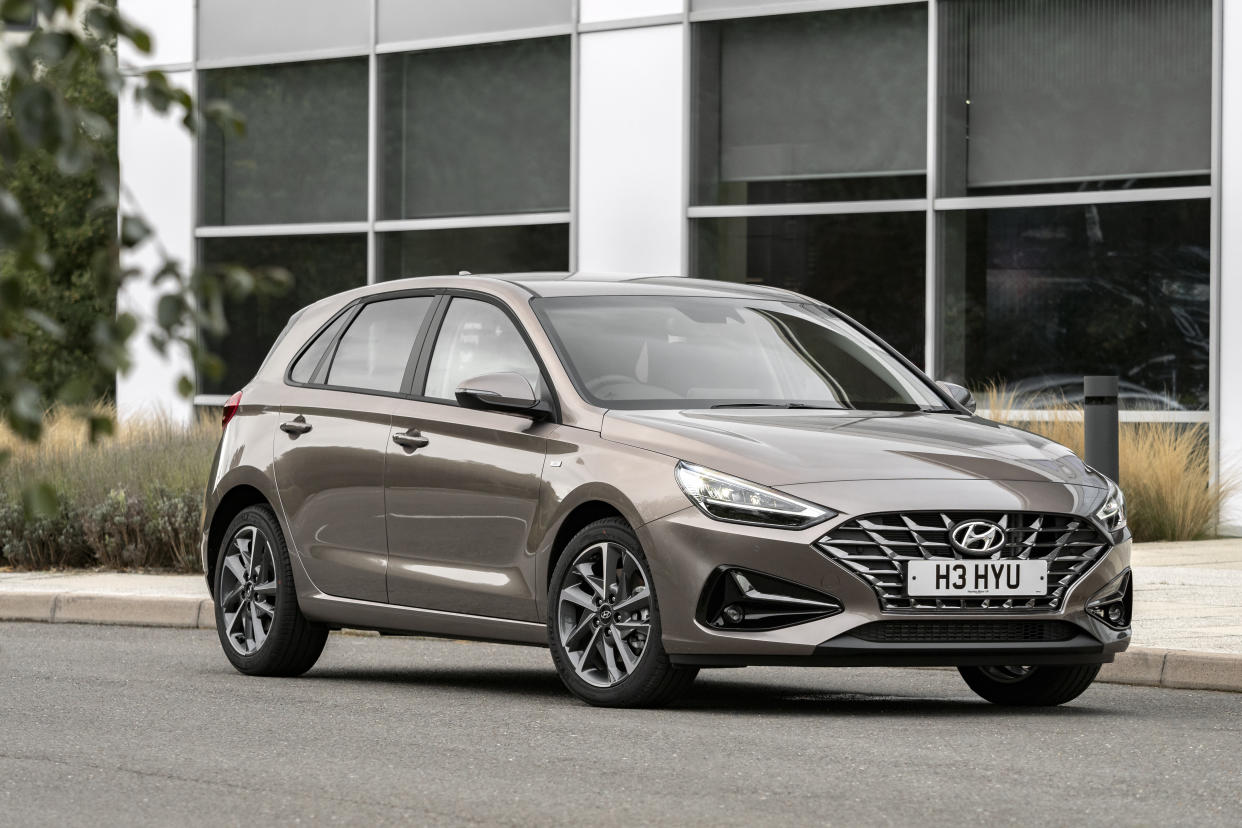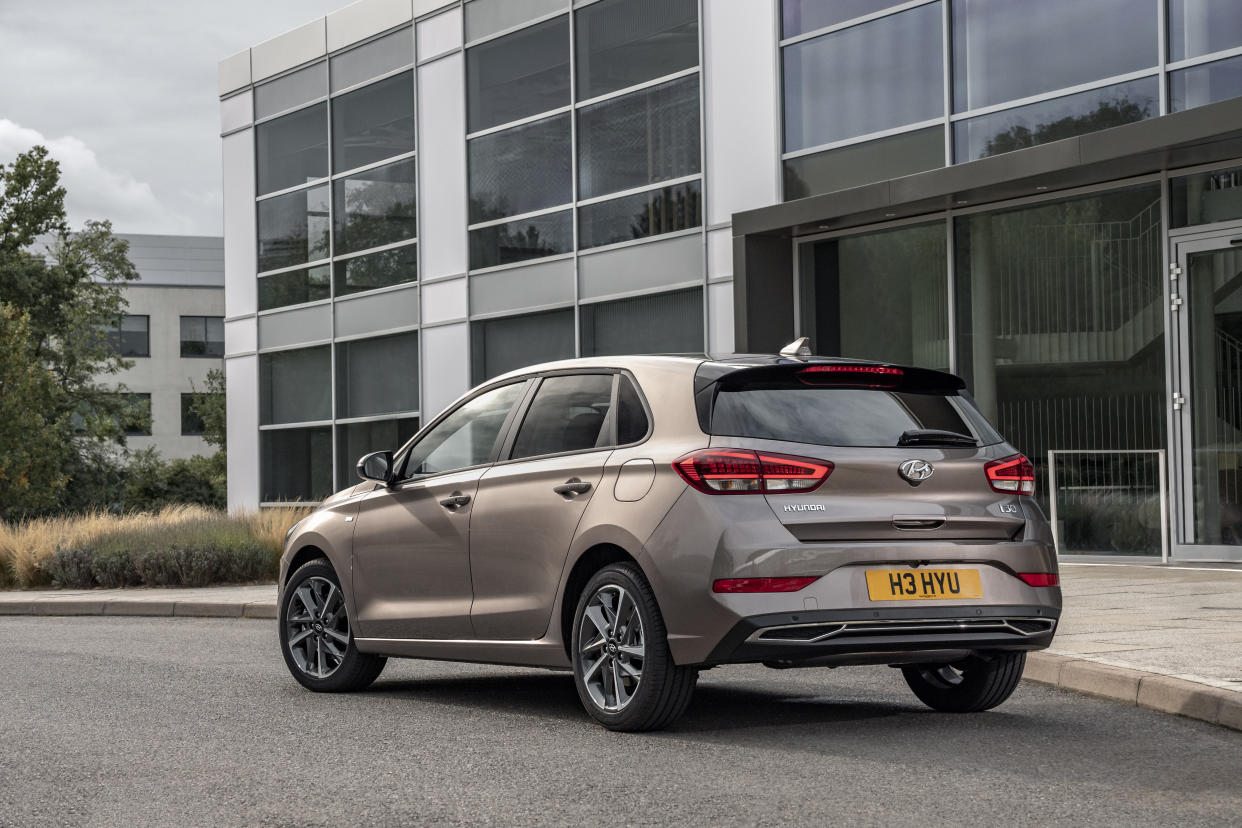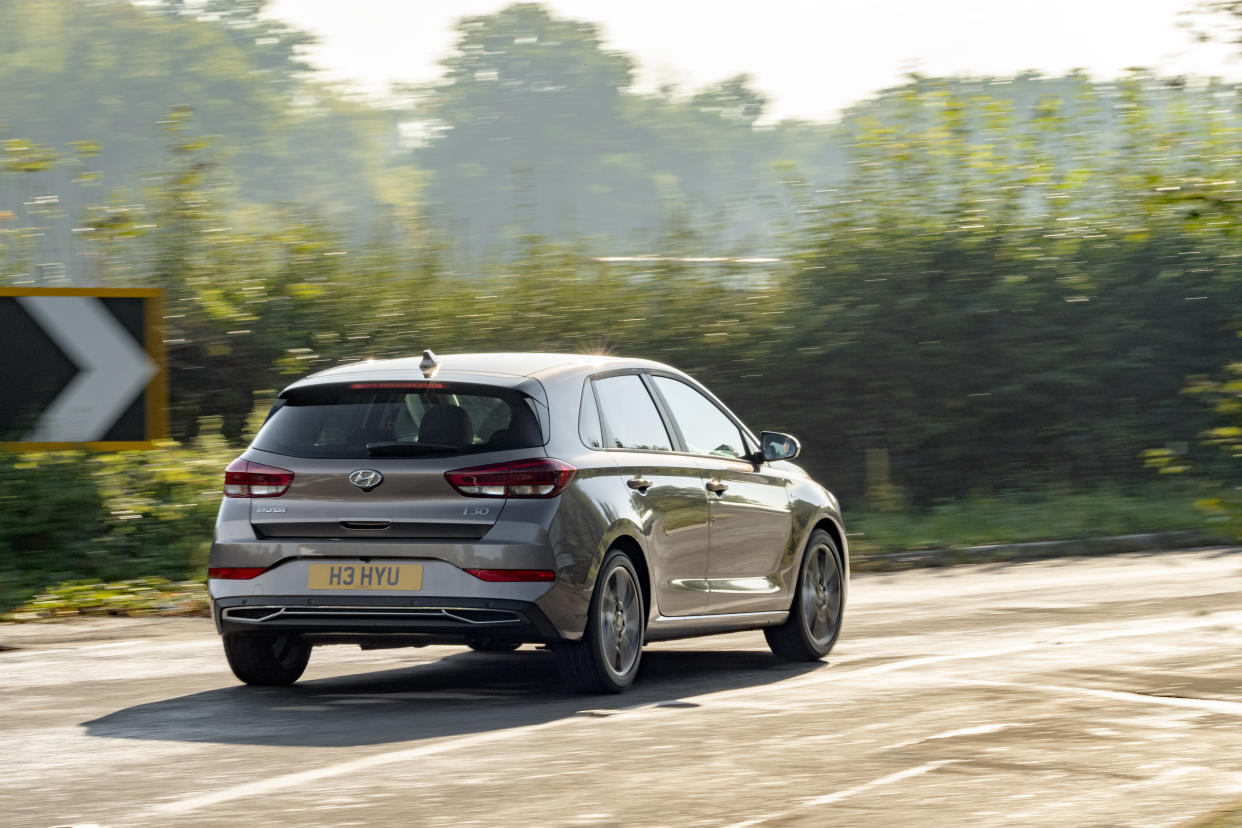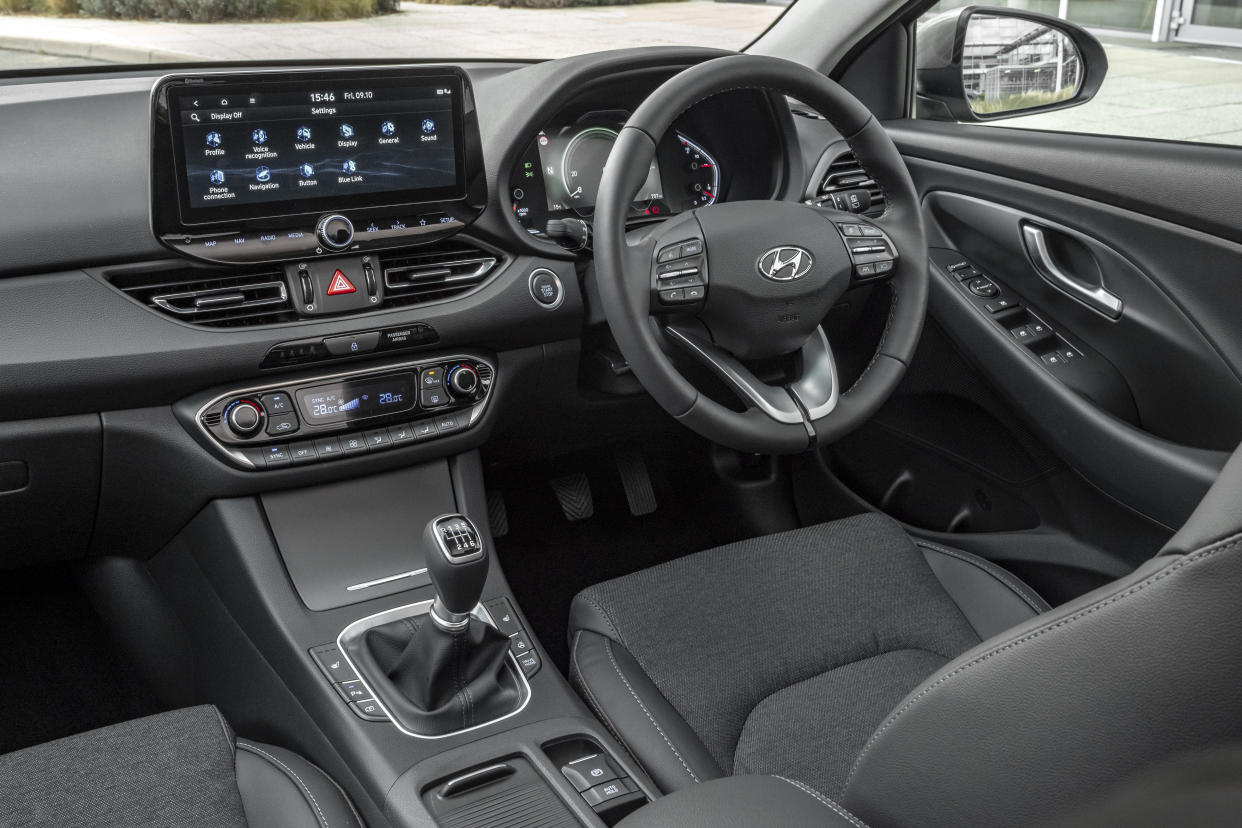First drive: The updated Hyundai i30 is a credible if unexciting family hatchback
What is it?

Hyundai has a lot to thank the i30 for. Arriving in 2007, it represented a step away from the South Korean firm’s budget roots and a shift to something more mainstream, with the i30 comfortably being able to rival the likes of the Vauxhall Astra and Ford Focus.
That’s a trajectory the i30 – and the rest of the Hyundai range for that matter – has followed ever since, spurred on with the introduction of the sporty i30 N hot hatch in 2017 that proved a hoot to drive.
What’s new?

Just a few years after the third-generation i30’s introduction, Hyundai is back with a mid-life update. It’s part of what has been an exceptionally busy past 12 months for this firm, which has seen it update or reveal all-new versions of just about every car it sells.
For the i30, there’s the introduction of electrified powertrains for the first time with a 48-volt mild-hybrid, along with a larger 10.25-inch touchscreen that’s been doing the rounds in the latest Hyundai models. Design changes aren’t major, but there’s a striking new grille and new LED headlights with a noticeable V-shaped signature.
What’s under the bonnet?

There’s a choice of three engines in the i30 – two petrol and one diesel, and interestingly the i30 is the only new Hyundai still available with a diesel option.
But our test car uses the entry-level 1.0-litre petrol engine, which comes as standard with 48-volt mild-hybrid technology when paired to a six-speed manual gearbox. It’s this transmission that allows for this electrification, as it’s able to decouple the engine from the gearbox, allowing the car to coast and – very occasionally – turn off completely to aid efficiency.
Producing 118bhp and 172Nm of torque, it’s not what you call sprightly with an 11-second 0-60-mph time, and feeling especially flat at lower revs. That said, it scores on efficiency, with Hyundai claiming it will return 52.3mpg and CO2 emissions of 122g/km, figures that could quite easily be seen during our testing.
What’s it like to drive?
Though Hyundai’s i30 N hot hatch might have shown what this firm is capable of, it’s a shame none of that magic has trickled down to the standard i30. That said, it’s just one of those cars that would be brilliantly easy to live with, with impressive refinement – particularly impressive at higher speeds – and a comfortable ride on this non-sporting setup.
As literal facelifts go, this is a good one. pic.twitter.com/AY7MpOgRJ3
— Ted Welford (@TedWelford) March 26, 2021
But aside from this it’s quite lifeless, with little feeling coming through the steering and little buzz behind this 1.0-litre petrol setup. The sprightlier diesel or turbocharged 157bhp 1.5-litre unit fitted to the N-Line models could therefore be a better option, though at a higher price. Overall, though, a Ford Focus or Seat Leon remain better ‘normal’ hatchbacks where driving enjoyment is concerned.
How does it look?

As facelifts go, we reckon the i30’s is one of the best we’ve seen recently, helping to inject some extra stylish appeal into this hatchback, which was – if we’re blunt – pretty bland to look at before.
It’s headed up by a wide new grille not too dissimilar from Hyundai’s Sonata saloon (which isn’t actually sold in the UK), with a fancy spindly pattern. There are new LED headlights too, which are slimmer than the units they replace and have a new ‘V’ signature. Look at the rear and you’ll spot new LED lights and a revised bumper, along with a trio of new colours.
Though it still lacks the glamour of rivals like the Renault Megane and Peugeot 308, it’s certainly far more interesting to look at than before.
What’s it like inside?

Inside, the i30 gets a light overhaul that mainly brings more technology into the mix. All bar the entry-level feature a larger digital driver display and new 10.25-inch touchscreen. The latter offers more in the way of connectivity and is one of the slickest systems to use on the market today. It’s still not an especially upmarket or stylish interior, but gets its ergonomics nailed, which is arguably more important.
It doesn’t fare too badly in the practicality stakes, either, which is important in this class. The boot measures a handy 395 litres, and though the rear seats might not offer a class-leading amount of space, it should be plenty for most family use.
What’s the spec like?

As part of this update, Hyundai has actually cut the range of trims on offer, with three now available – SE Connect, N Line and Premium.
Even SE Connect models come well-equipped, including 16-inch alloy wheels, cruise control, reversing camera and an eight-inch touchscreen with smartphone mirroring. Sporiter N-Line versions bring a racier styling kit, dual-zone climate control and keyless entry. Meanwhile at the top of the range, Premium versions feature an electric driver’s seat, heated front seats and additional driver assistance kit, and certainly leave you wanting for little else.
In terms of price, the i30 remains one of the best value models in this class, with starting prices of £20,900 comfortably undercutting rivals from Ford and Volkswagen. Even our top-spec Premium test car, costing £23,900, represents a great bang for your buck.
Verdict
When it comes to a comfortable and affordable hatchback that’s easy to live with, the Hyundai i30 remains a great option, while also impressing with its long list of standard equipment and efficient engines.
Though Hyundai might have injected some extra visual appeal into it as part of this update, it’s still quite bland behind the wheel, both to drive and to be sat in. Though there are better all-rounders in this class – such as the Seat Leon and Ford Focus – the i30 is far from being overshadowed.
Model: Hyundai i30
Base price: £20,900
Model as tested: Hyundai i30 Premium 1.0 T-GDI 120PS iMT
Price as tested: £23,900
Engine: 1.0-litre mild-hybrid petrol
Power: 118bhp
Torque: 172Nm
Max speed: 122mph
0-60mph: 11.0 seconds
MPG: 52.3mpg
Emissions: 122g/km


